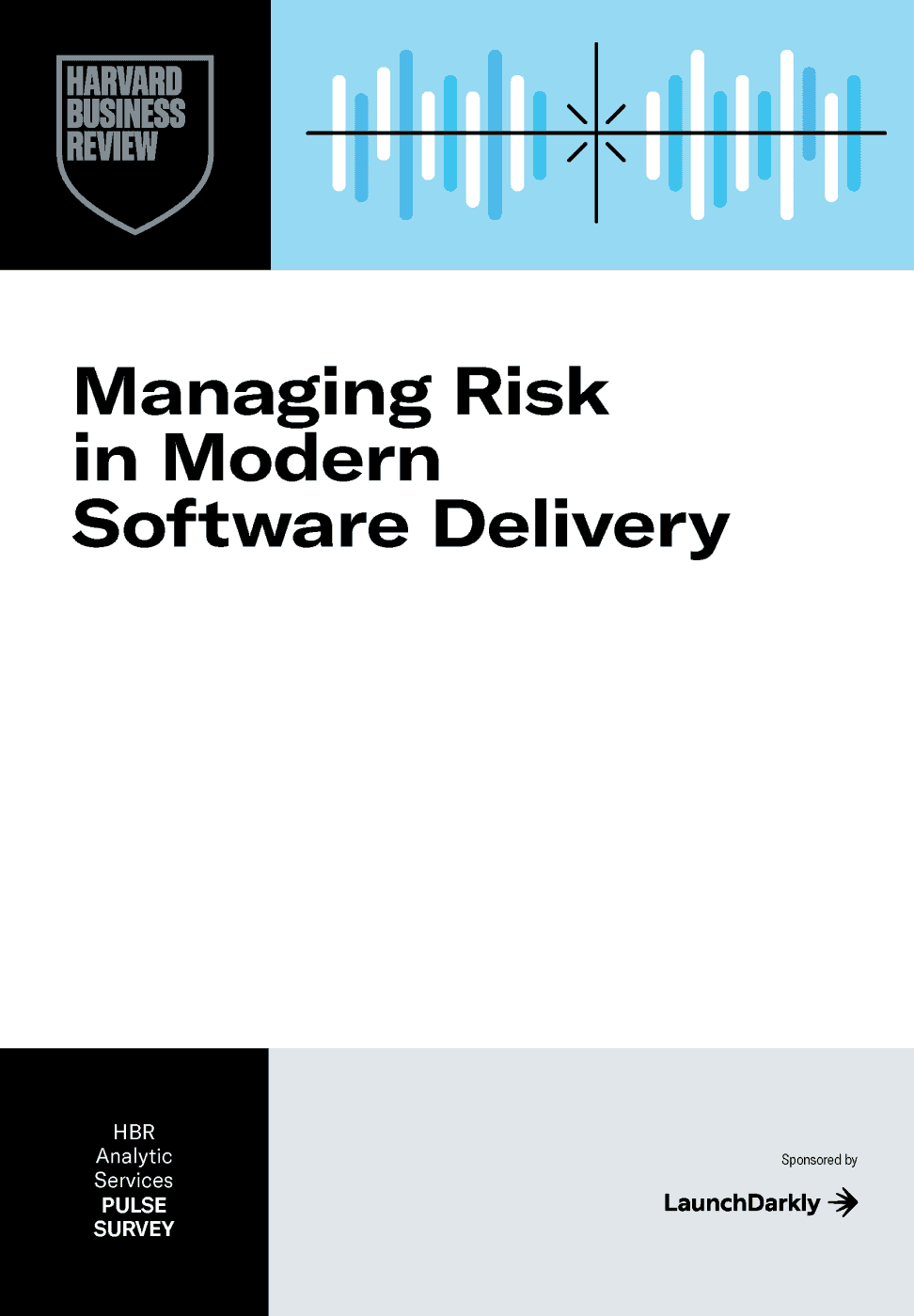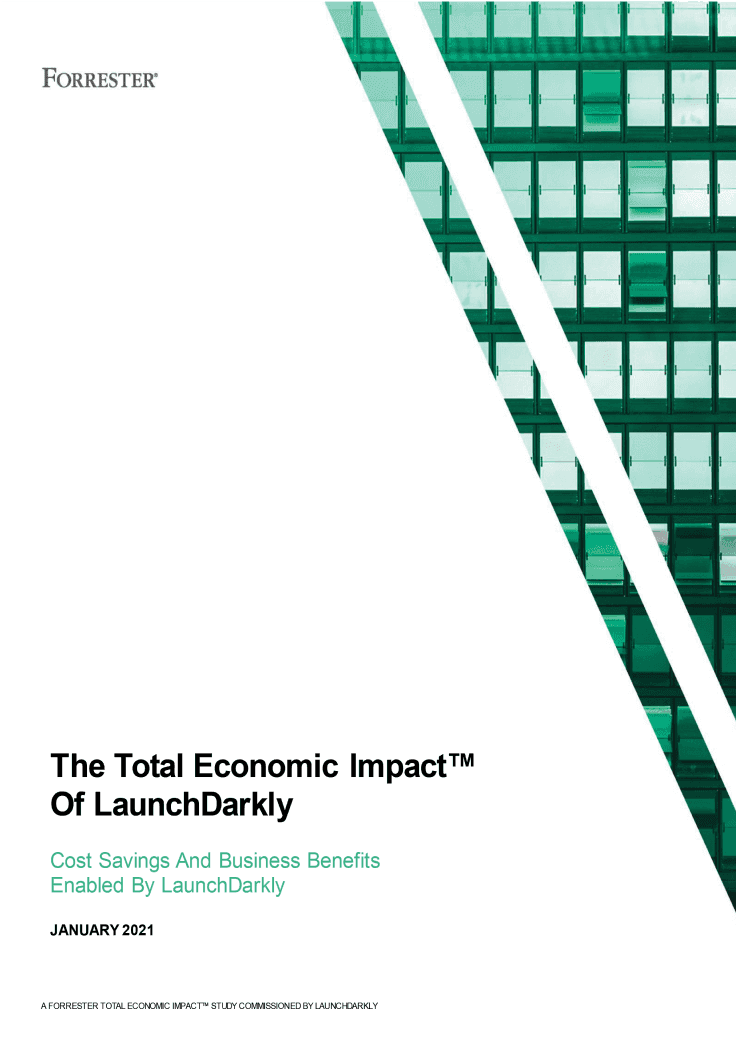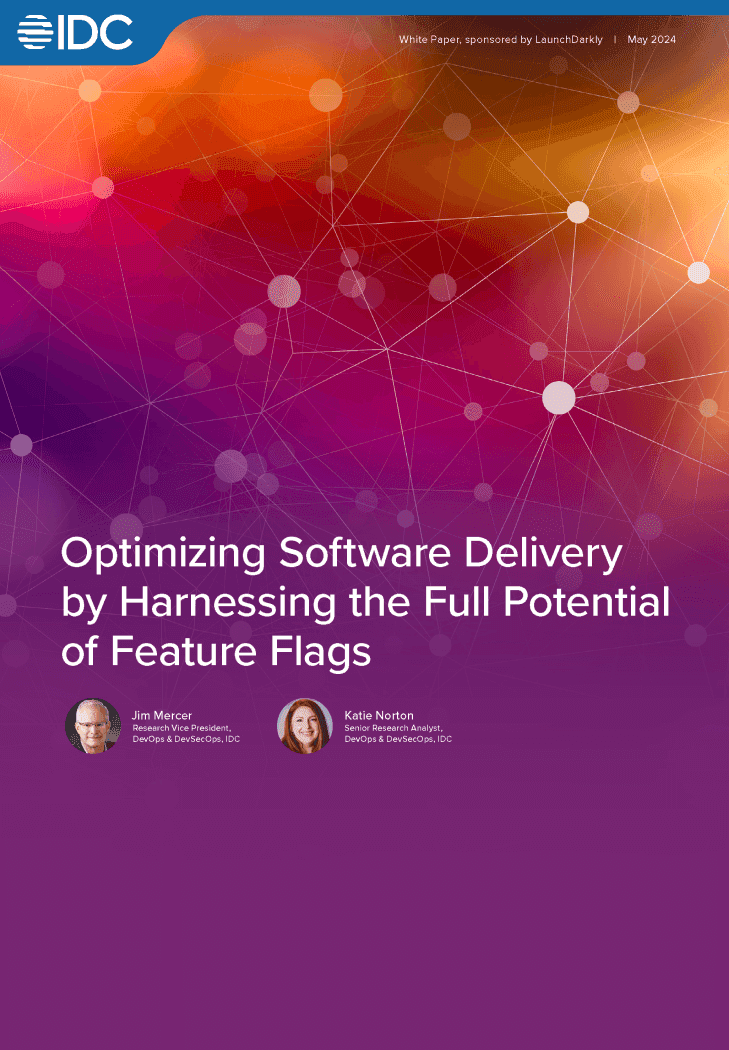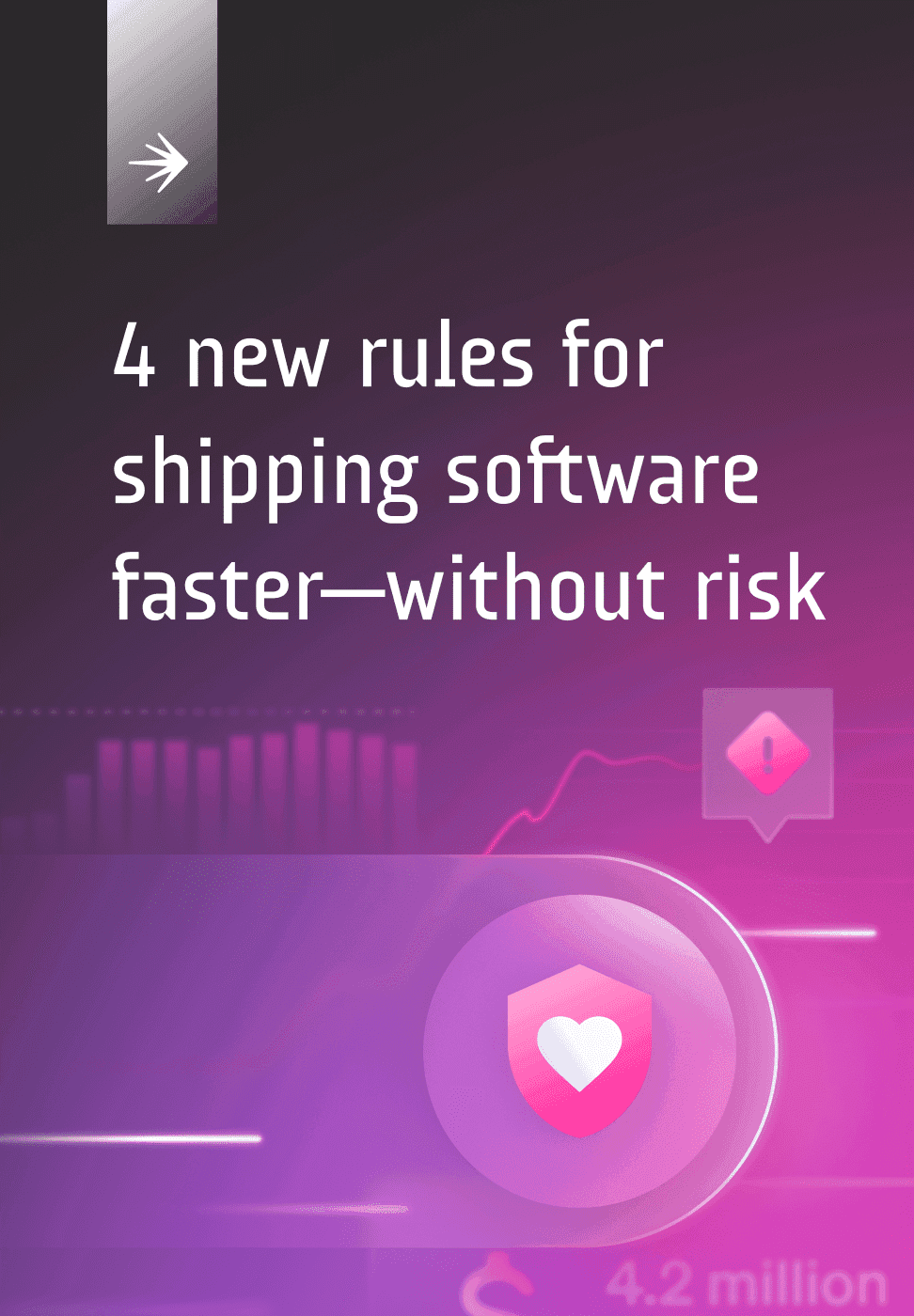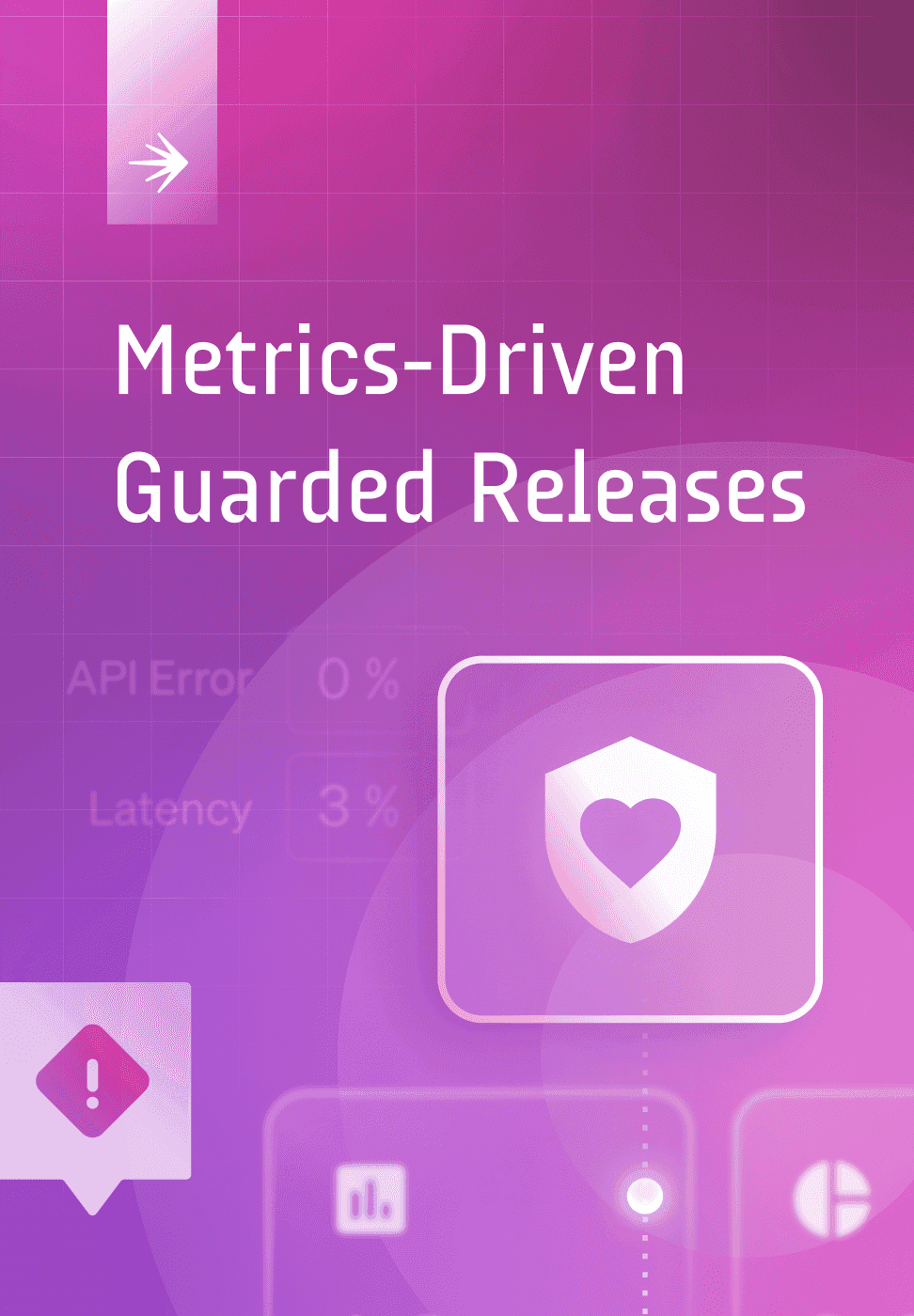Progressive Delivery
Download Ebook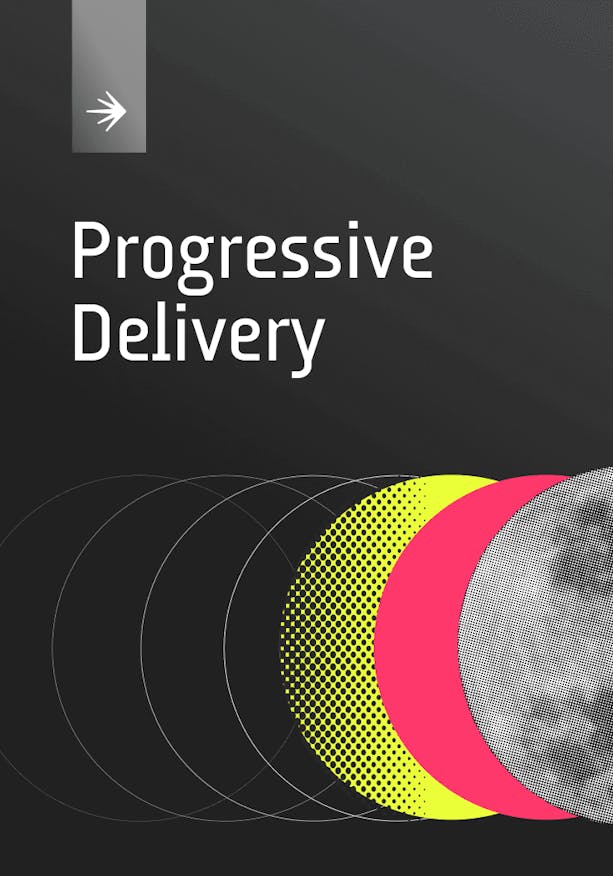
How does Progressive Delivery work?
Progressive Delivery gives all teams control over which users see which code changes, and when.
It is a transformative cultural shift that enables your entire organization to spend more time creating value and less time managing risk.
Progressive Delivery gives teams the confidence to ship faster.
This starts with how teams build.
Many teams that engage in Progressive Delivery do trunk-based development. Or, at a minimum, they do continuous integration and unit testing as a part of their code merge process. Teams also use feature management (a topic we’ll discuss later) as a best practice to maintain control over features at varying states of readiness. Giving engineers the freedom to continuously integrate code changes, with the power to hide those features selectively, means they can safely deliver faster.
After that is validation.
Testing in production, canary launches, beta groups—these are ways teams can provide access to a feature, starting with a small group and then progressively increasing the size of the audience as they build confidence in the feature’s stability and functionality.
And then releasing.
This means releasing features to user groups based on their tolerance for new features, especially features that may be less stable. It also includes providing non-engineering teams (Product, Marketing, Sales, or others) the ability to release features to users based on business timelines.
Guides & Ebooks
See allSign up for our newsletter
Get tips and best practices on feature management, developing great AI apps, running smart experiments, and more.





